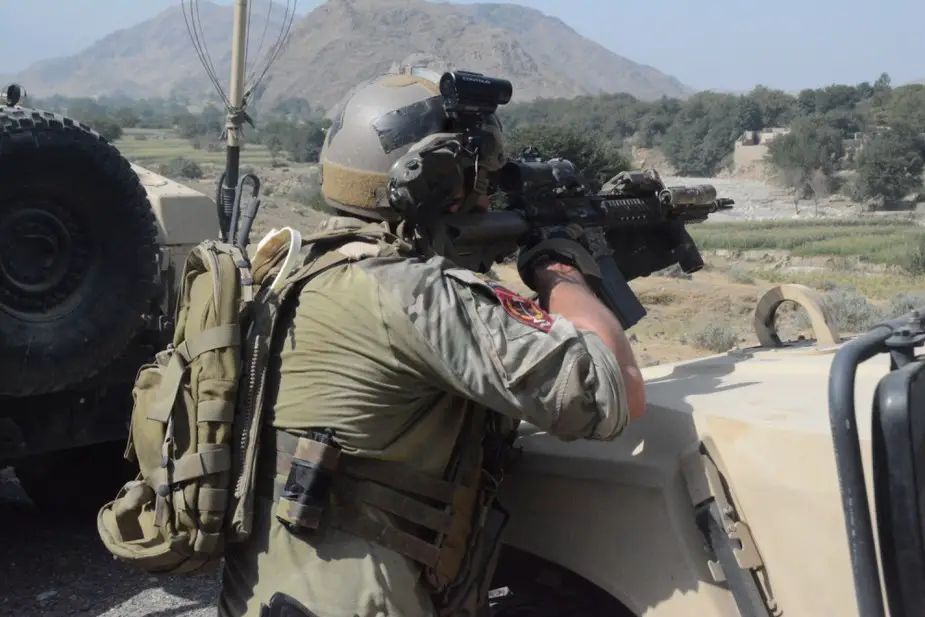Breaking news
U.S. special forces to stay in Afghanistan after withdrawal.
Following President Trump's decision, the Pentagon is planning to cut its force size in Afghanistan by half, but, as reported by Matthew Cox and Richard Six on Military.com, special operations strike units will remain in country to carry out raids on Taliban and Islamic State fighters, a Defense Department official with knowledge of the withdrawal plans said on January 2, 2019.

A U.S. Special Forces soldier, attached to Special Operations Task Force-Afghanistan, provides security during an operation in the Achin district, Nangahar providence, Afghanistan, Oct. 2, 2016. The operation was conducted to deny Islamic State of Iraq and Syria-Khurasan fighters safe haven in the area. (Photo: U.S. Army / Spc. Christopher Stevenson)
Since Trump's announcement of the U.S. withdrawal, military leaders have downplayed the reports of an Afghanistan departure as rumors. Following a Dec. 23, 2018 meeting with the governor of Nangarhar district, Gen. Scott Miller, commander of U.S. and NATO forces in Afghanistan, told Afghanistan's TOLO news agency, "I have seen the same rumors you have from the newspapers [on withdrawals], but all I would assure you is, first of all, I have no orders, so nothing changed. But if I do get orders, I think it is important for you to know that we are still with the security forces. Even if I have to get a little bit smaller, we will be OK."
On Jan. 2, 2019, U.S. military officials remained reluctant to discuss withdrawal plans from Afghanistan, but a source familiar with the strategy told Military.com that Miller plans to pull about 7,000 of the estimated 14,000 U.S. troops out of the country over the next eight to 12 months.
Currently, the bulk of the U.S. presence in Afghanistan is dedicated to advising and training Afghan security forces to be able to operate without American assistance, but the fledgling force remains inexperienced in complex warfighting skills, such as combat aviation, combined arms operations and logistical support, military officials say.
The direct-action portion of the U.S. mission in Afghanistan — made up of a small contingent of U.S. Special Operations Forces, such as units from the Army's 75th Ranger Regiment; 1st Special Forces Operational Detachment-Delta, known as Delta Force; and the Navy's Special Warfare Development Group, or SEAL Team Six — will continue to carry out strike missions against enemy positions in the country, said the source, who spoke on the condition of anonymity because the official is not authorized to speak to the press.
U.S. military officials maintain that the Pentagon has received no official orders or guidance on withdrawal plans, despite reports Trump wants a plan to cut the number of troops in Afghanistan by half. "Nothing has changed," said Lt. Col. Koné Faulkner, a Pentagon spokesman, on Jan. 2, 2019.
In addition to the 14,000 U.S. troops in Afghanistan, there are about 16,000 service members from 30 NATO and partner nations, all in non-combat or advisory roles, according to a November NATO release. Belgian air and ground forces are shifting from Syria to Afghanistan, for instance. The 17-year conflict has cost the U.S. about $900 billion and resulted in more than 2,400 American deaths.

























